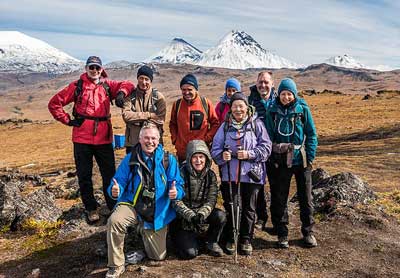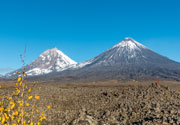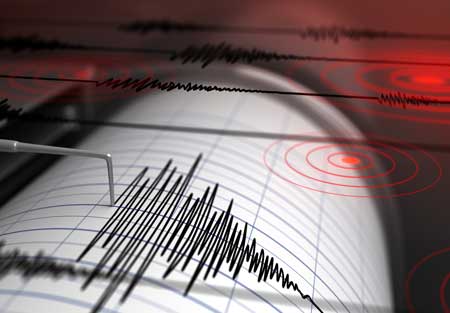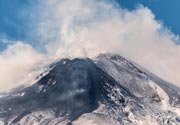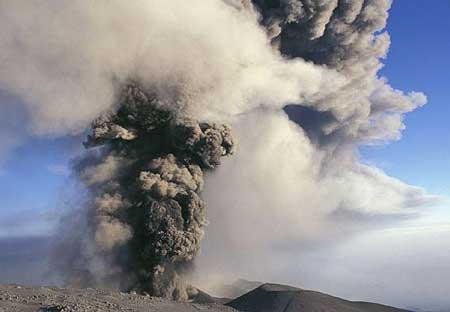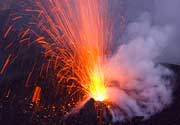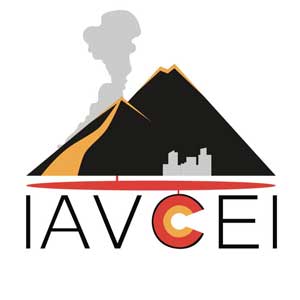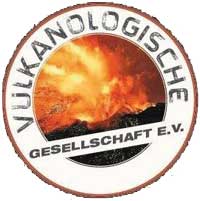Santa Ana Volcano
Updated: Apr 27, 2024 12:00 GMT -
stratovolcano 2381 m / 7,812 ft
El Salvador, 13.85°N / -89.63°W
Current status: normal or dormant (1 out of 5)
El Salvador, 13.85°N / -89.63°W
Current status: normal or dormant (1 out of 5)
Last update: 10 Dec 2021 (Smithsonian / USGS Weekly Volcanic Activity Report)
Santa Ana (also known as Ilamatepec) volcano is a stratovolcano about 45 km west of San Salvador city. It is El Salvador's highest volcano and one of its most active.
The broad summit of Santa Ana has a beautiful array of concentric craters with crescent-shaped rims.
Historical activity were mainly small-to-moderate explosive eruptions from both summit and flank vents and has been documented since the 16th century. The San Marcelino cinder cone on the SE flank produced a lava flow in 1722 that traveled 13 km to the east.
[smaller] [larger]
Santa Ana volcano eruptions: 2005, 1920, 1904, 1884, 1882(?), 1880, 1879, 1878(?), 1874, 1734, 1722, 1621(?), 1576, ?1570, 1524, 1521, 1520(?)
Latest nearby earthquakes
| Time | Mag. / Depth | Distance / Location | |||
| Apr 25, 11:51 pm (El Salvador) | 1.6 4 km | 17 km (10.3 mi) to the W | Info | ||
| Apr 25, 11:43 pm (El Salvador) | 2.0 5 km | 17 km (10.6 mi) to the W | Info | ||
| Thursday, April 25, 2024 GMT (1 quake) | |||||
| Apr 25, 11:09 am (El Salvador) | 1.8 14 km | 22 km (14 mi) to the E | Info | ||
| Tuesday, April 23, 2024 GMT (1 quake) | |||||
| Apr 22, 10:12 pm (El Salvador) | 1.8 114 km | 26 km (16 mi) to the W | Info | ||
Background
Santa Ana is dominantly andesitic-to-trachyandesitic. It is located immediately west of Coatepeque caldera. Collapse of Santa Ana during the late Pleistocene produced a voluminous debris avalanche that swept into the Pacific Ocean, forming the Acajutla Peninsula.Reconstruction of the volcano subsequently filled most of the collapse scarp. There are several parasitic vents and cones which have formed along a 20-km-long fissure system that extends from near the town of Chalchuapa NNW of the volcano to the San Marcelino and Cerro la Olla cinder cones on the SE flank.
Santa Ana Volcano Photos
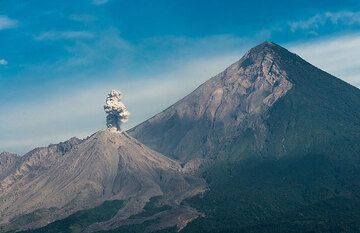
Looking at Santiaguito from the south shows the giant collapse scar in the southern side of Santa Maria volcano, resulting from its plinian eruption in 1902.
Not sh...
Not sh...
Eruptions of Santa Ana volcano
2005 eruption
A sudden explosive eruption occurred at Santa Ana volcano at 08:20 local time on 1 October 2005. It produced a violent explosion of 1 hour, generating a 10 km high eruption column. 2 people were killed probably by a boiling lahar, and thousands evacuated. ...more info
A sudden explosive eruption occurred at Santa Ana volcano at 08:20 local time on 1 October 2005. It produced a violent explosion of 1 hour, generating a 10 km high eruption column. 2 people were killed probably by a boiling lahar, and thousands evacuated. ...more info




